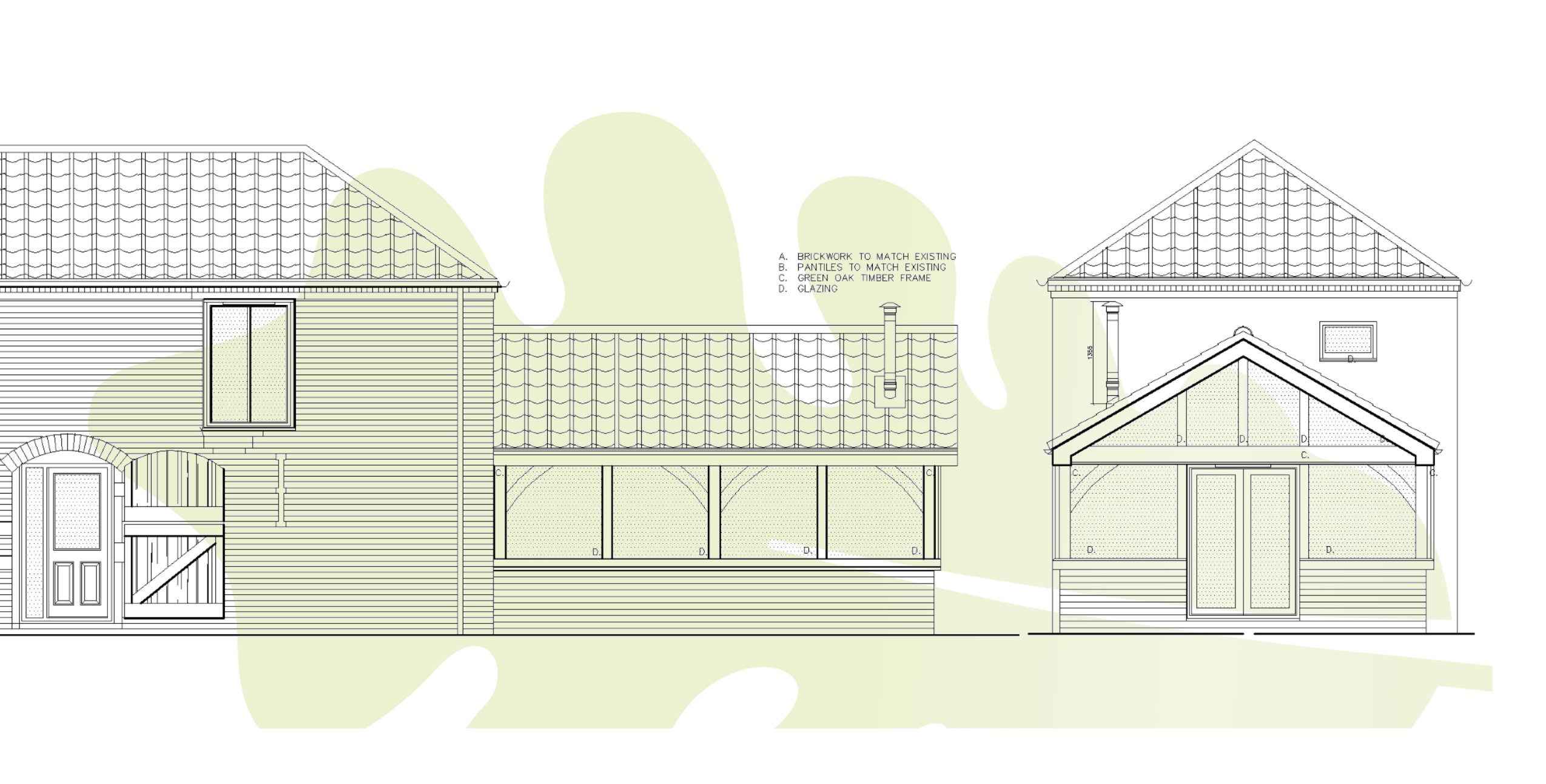Extensions:
- If the glazing of a new extension is proposed to be greater than 25% of the new extension’s internal floor area, then a SAP calculation will generally be required. (If the extension is unheated and separated from the main dwelling by patio doors then a SAP calculation is not required).
- The calculations compare a compliant (notional) extension design (including the existing dwelling) against the proposed extension (including the existing dwelling with any improvements proposed).
- Compliance is achieved if the proposed design produces less Co2 emissions or is no worse than the compliant notional option.
- New thermal elements must meet minimum u-value standards as noted within Building Regulations Part L.
- An air pressure test or EPC are not required for extensions.
Conversions/Material Change Of Use:
- If the proposed dwelling is deemed to be a material change of use, a SAP calculation will be required.
- An EPC will also be required upon completion of the dwelling.
- Minimum elemental u-values as set out in Building Regulations Part L for new walls, floors, roof and glazing must be achieved . This is also applicable to major alterations to existing building elements.
- Converted dwellings in the private rented sector are also subject to ‘Minimum Energy Efficiency Standards’ (MEES) whereby Landlords must act to ensure that their housing stock achieves an EPC banding of ‘E’ or better.
- The Government have also declared their wish to raise the standard further such that the minimum standard is likely to rise to a ‘D’ EPC rating by 2025 and a ‘C’ EPC rating by 2030.
- An air pressure test is not a requirement for conversions, however, having one carried out at completion may help with improving the overall predicted EPC rating.


